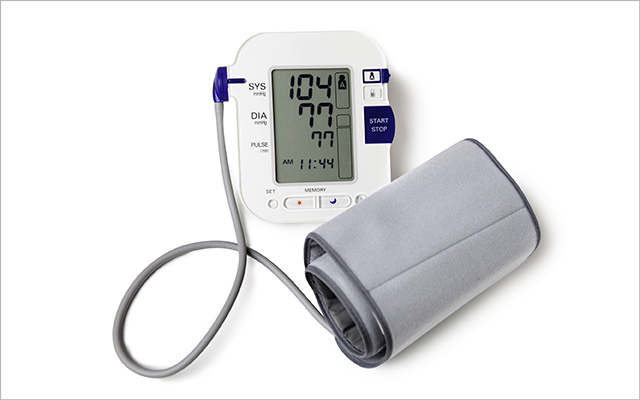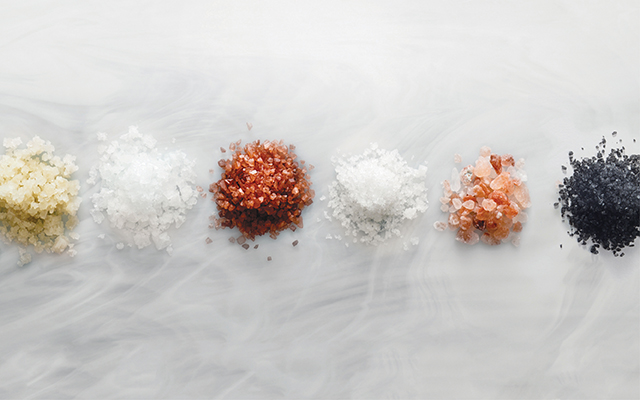Public-health experts have been promoting the benefits of a low-sodium diet for decades, yet Americans remain stubbornly attached to salty foods. While we do need some sodium in our diet, we consume more than 3,400 milligrams per day, on average. That’s more than twice what the American Heart Association considers healthy for the 116 million American adults — nearly half of the population — with high blood pressure.
Processed foods and restaurant fare are major culprits, but, as Jane Brody reports in the New York Times, even small changes in your own kitchen can make a big difference.
Citing a recent study involving nearly 21,000 Chinese volunteers known to be at a high risk for stroke, Brody notes that those who replaced regular table salt with a reduced-sodium option significantly reduced their risk of heart attack and stroke — and subsequent death — during an average follow-up period of less than five years.
Beyond the contents of our saltshakers, Brody recommends reducing the sodium in canned foods by rinsing them in a colander before cooking, and limiting our consumption of bread and bakery goods — major contributors to our sodium overload. Also, consider seasoning dishes with nonsalt alternatives like citrus juices or hot-pepper flakes and other pungent herbs and spices.
“As your taste buds adjust,” she explains, “high-salt foods you once enjoyed will probably taste unpleasantly salty and thus [be] easy to resist.”
For more on the salt issue, see “Is Salt Bad for You — Or Not?“.





This Post Has 0 Comments